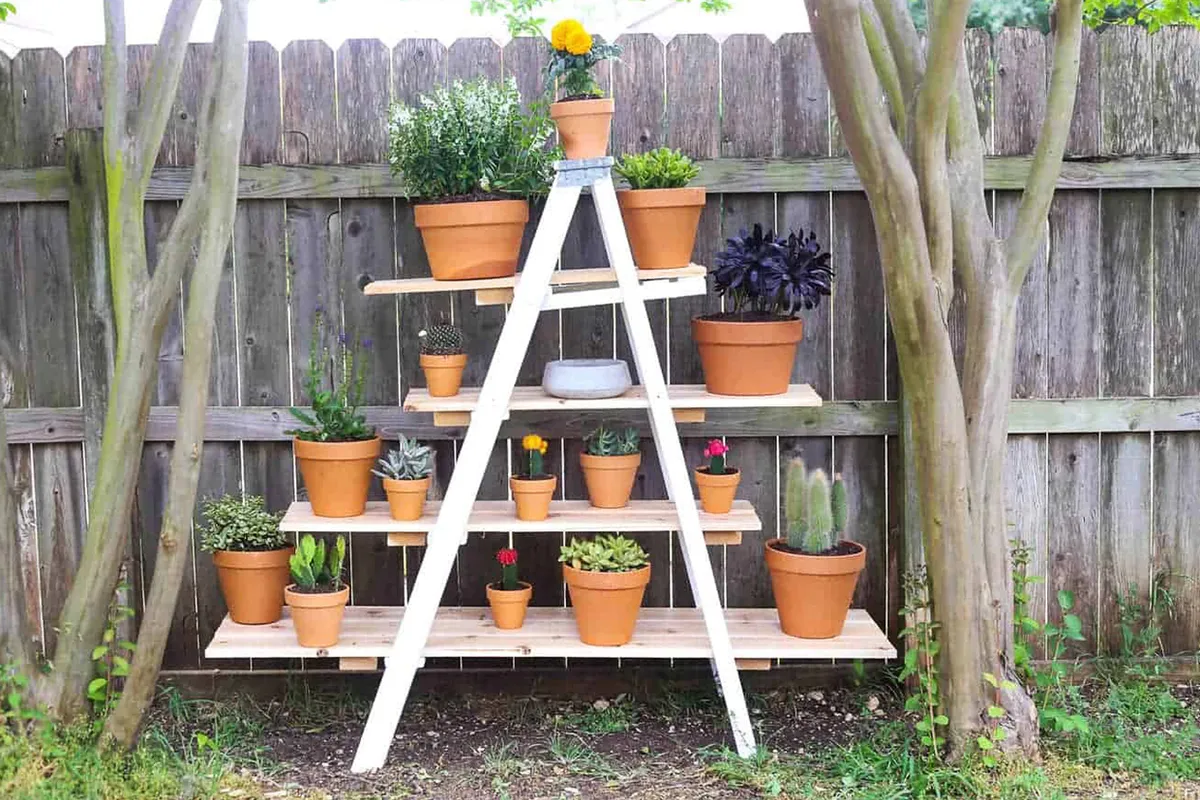When it comes to choosing paint for your home, there’s a lot more to consider than just the colour.
Whether you're looking to decorate walls and ceilings, woodwork or furniture, there are different types of paint designed for different surfaces. We’ll help you to navigate all the various paint types, from emulsion for walls and ceilings to trendy chalk paint, to specialised masonry, wood or metal paint.
This guide will help you to pick the perfect paint for your next DIY project. Before splashing your cash on pots of your dream colour, you will save both money and time if you choose the right one. Read on to find out more!
Different types of paint
Emulsion

Modern emulsion paints tend to be water-based with acrylic or vinyl resins added to them to make them more hardwearing than traditional emulsion paints.
It’s typically used for walls and ceilings. The three most common varieties of emulsion are matt, satin and silk, offering different levels of surface shine.
Low-sheen matt is best for covering slight imperfections in your walls, while easy-to-clean silk could be a better option for high-traffic areas like the kitchen or hallway.
Chalk paint and clay paint

Clay and chalk paints don't contain acrylics or oils, so are more eco-friendly. They often come in muted and earthy tones and have a very flat, matt finish.
These paints are great for kids’ rooms where you may be worried about strong odours.
Each manufacturer will have their own method for applying these paints, so follow their guidelines to ensure a good, durable result. Chalk paint is also a great choice for painting furniture.
Common types of chalk paint are Annie Sloan and Frenchic. You can even have a go at making your own chalk paint.
Primer

Primer is used to seal and protect bare surfaces, such as plaster and wood. On fresh plaster, primer is normally an emulsion paint mixed with 10% water (known as a mist coat) that soaks into new plaster. This reduces its absorbency so new paint sticks to the wall.
Primer is a key ingredient for helping paint adhere to a surface such as walls, wood and metal. It’s the first coat that helps seal the surface you are painting and creates a base for the following coats of all paint types.
For example, a primer on bare wood seals it to ensure that the undercoat and top coat don't keep soaking into the wood. It helps to create a tough, attractive finish.
Undercoat

An undercoat is used on a surface that's already been painted or primed. It evens out surfaces, provides protection and can block strong underlying colours from showing through the topcoat.
As a rule of thumb, for a pale paint colour, apply a pale undercoat. A dark undercoat gives a dark topcoat a much richer finish.
Indoors, it's fine to use a combined primer/undercoat. But if painting outdoor furniture, use separate primer and undercoat for the best results.
Masonry paint

Masonry paint is typically used on exterior surfaces, such as brick, stone, concrete, plaster and pebbledash.
The best masonry paints provide good long-lasting weatherproofing and protection. They usually come in a choice of two finishes – smooth and textured.
Smooth is easier to clean, while textured is the better choice for hiding imperfections. However, it’s harder to clean and will need sprucing more often.
Spray paint

Spray paint typically comes in an aerosol can and is used to paint small surface areas, such as furniture and cupboard doors. It provides a smooth and even factory-style finish.
It’s also ideal for fiddly multi-faceted surfaces, such as chairs.
Spray paint is quick and easy to use, but you need to make sure that you apply numerous thin, even coats to stop runs. Spray paints typically have a strong odour and will leave a fine spray around painted areas.
It’s best to use them outside or make sure you thoroughly cover your working area with dust sheets to keep it free from paint.
Enamel

Enamel paint works well on surfaces such as metal, wood and concrete and it dries to a tough, hard-wearing finish.
Enamel-based paints are ideal for painting kitchen cabinets due to their durability and typically gloss finish.
Speciality paints

Some materials and surfaces require a specialist paint to get the best finish. You might need a paint that is resistant to high temperatures for painting a stove, a hard-wearing floor paint for painting sanded floorboards, or a paint that will cope with areas of high humidity, such as kitchens or bathrooms.
Whatever specific paint job you have in mind, there will be a specialist paint for it. Luckily, they're fairly easy to identify as they're usually called whatever they're meant to be used for!
For example, if you want to paint tiles, you can purchase specially formulated tile paint that is specifically designed to adhere well to shiny surfaces.
Radiator paint
This is designed for painting radiators and central heating pipes, which get hot, so requires a very durable paint that won’t crack or discolour.
Anti-condensation paint
This paint is designed specifically for bathrooms and kitchens, where you are likely to have greater amounts of condensation.
It’s one of those paint types that is designed to maintain a slightly higher surface temperature, so should help to reduce the levels of condensation. Most will include a mould and mildew suppressant in their formulation too.
There are also paints available that suppress mould growth (anti-mould paints), and paints that will stop stains from coming through when there has been a leak, or if the walls are discoloured with nicotine.
Tile paint
Step and tile paints are extremely hardwearing. They are designed to stick to shiny surfaces and are best applied with a small foam roller to ensure an even finish. For the best result, make sure the tiles you are painting are totally free from grease, dirt and dust.
Take a look at our guide to painting tiles.
Metal paint
Metal has a particularly smooth surface so it’s important to ensure that the paint that you choose will stick to it, hence the need for specialist metal paints.
This material often goes hand in hand with rust, particularly if it’s iron that’s used outdoors. If this is the case, you should consider using a specialist rust-prevention paint. These can even be used to build up the pits created from rust damage, as well as offering protection from further rusting.
Want to remove some rust first before painting? Here's how to remove rust from metal furniture and bring back the original shine and sparkle.
Understanding different types of paint and their uses will make sure you always get it right
Faced with shelves of different paint types in your DIY store can feel daunting. Which finish will look and work the best for you? And can you use indoor paint outdoors?
Armed with our handy guide, you’ll be able to pick out the right one for you every time, whatever surface you’re painting in your home.
Give your outdoor space a makeover with Gathered
Maximise your outdoor space with these clever garden decor ideas and DIY hacks




